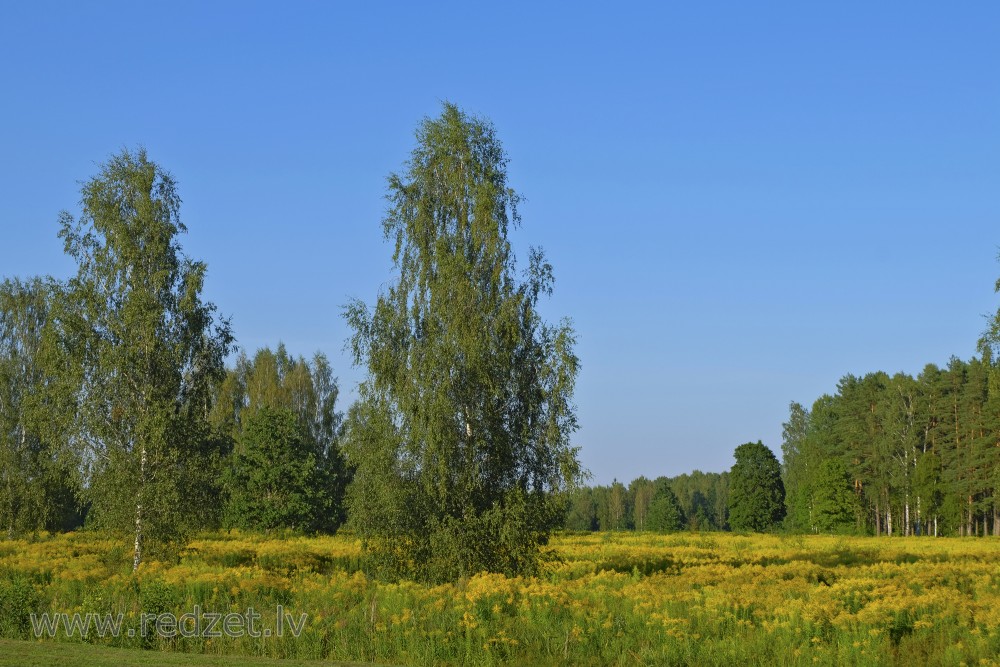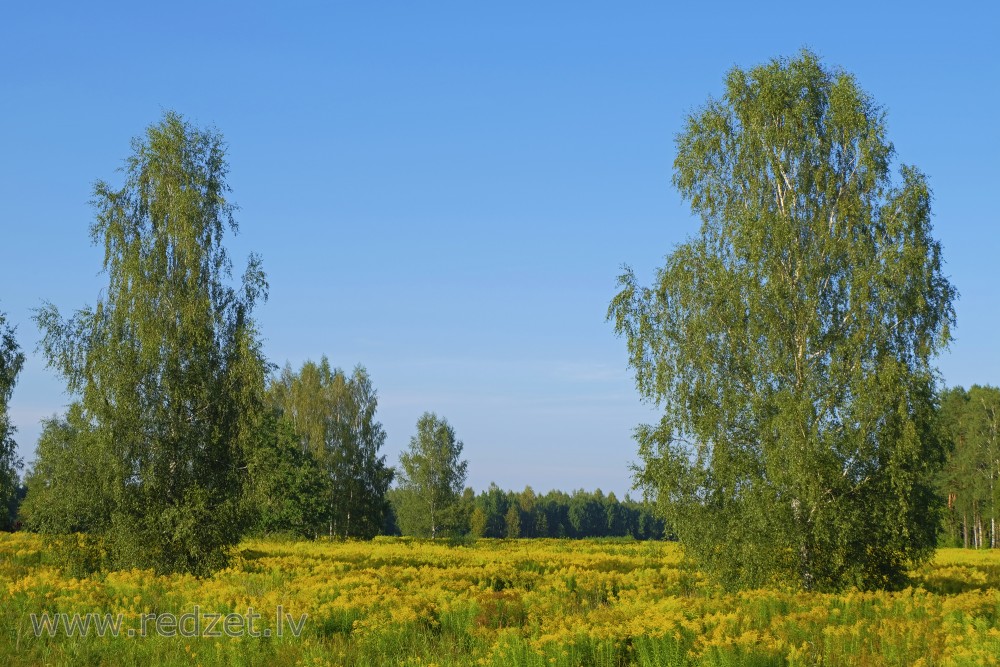(Solidago canadensis) Canadian goldenrod
Solidago canadensis (known as Canada goldenrod or Canadian goldenrod) is an herbaceousperennial plant of the family Asteraceae native to northeastern and north-central North America but established as an invasive plant in other parts of the continent and in other countries as well. It is often grown as an ornamental in flower gardens.
The plant is erect, often forming colonies. Flowers are small yellow heads held above the foliage on a branching inflorescence.
Ecology and distribution
Solidago canadensis is sometimes browsed by deer and is good to fair as food for domestic livestock such as cattle or horses.
It is found in a variety of habitats, although it is not shade tolerant. It typically is one of the first plants to colonize an area after disturbance (such as fire) and rarely persists once shrubs and trees become established. It is found neither in very dry locations nor in waterlogged ones.
Invasive species
In many parts of Europe, Japan and China, it is established as an invasive weed.
In eastern and southeastern China, particularly the provinces of Zhejiang, Jiangsu, Jiangxi and Shanghai, its invasion has reached pandemic levels and has caused widespread concern. It has been reported that the invasion of the Canada Golden-rod along with other invasive plants, has caused the extinction of 30 native plants in Shanghai. In the city of Ningbo, Zhejiang, it has reduced local orange harvests. It is still spreading across China, and sightings have been reported in as far as Yunnan province. Various national and provincial authorities have been on high alert.
In Fukushima, it has taken over the rice fields that have been temporarily abandoned because of the nuclear power plant disaster.
en.wikipedia.org
https://en.wikipedia.org/wiki/Solidago_canadensis
Continue reading




